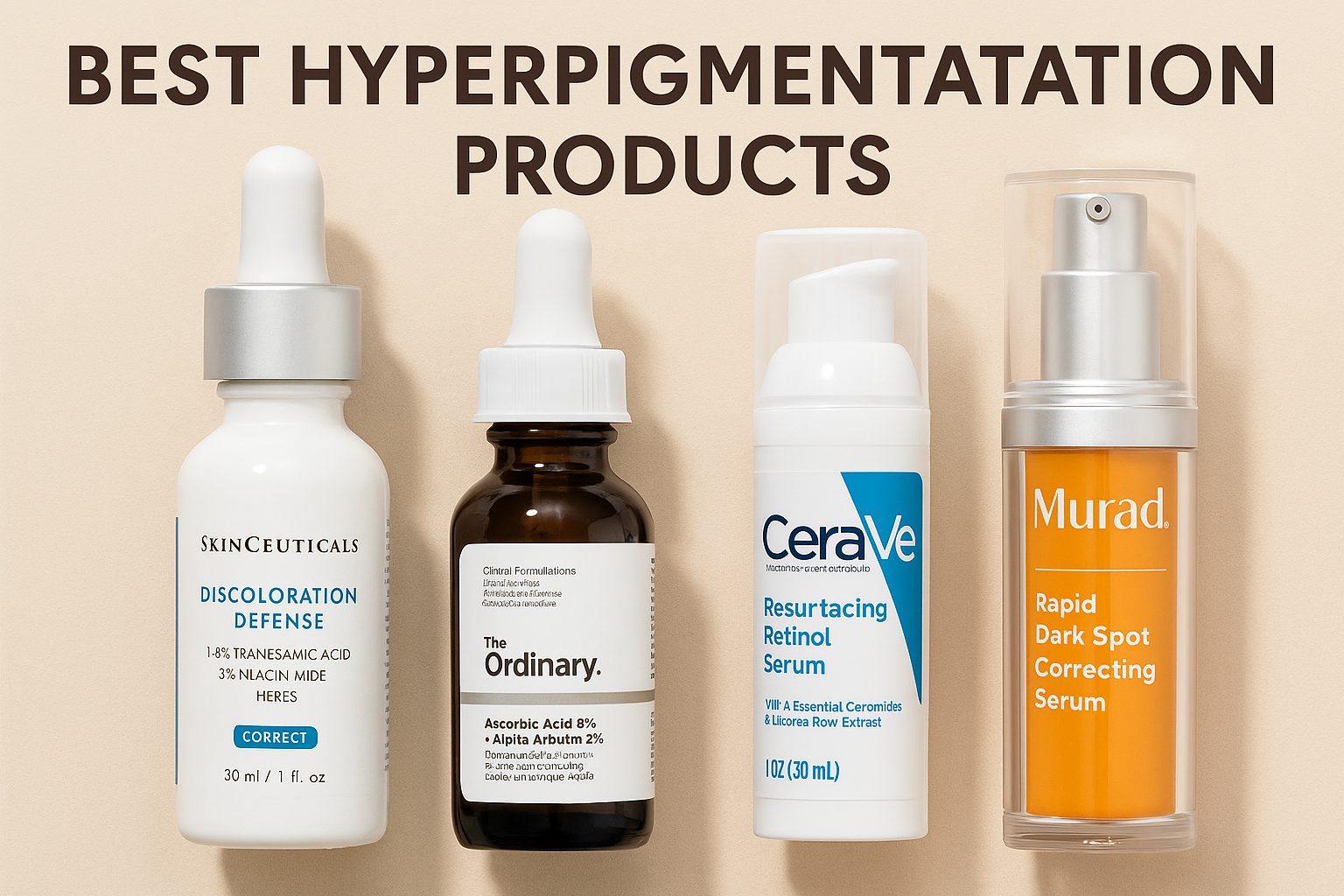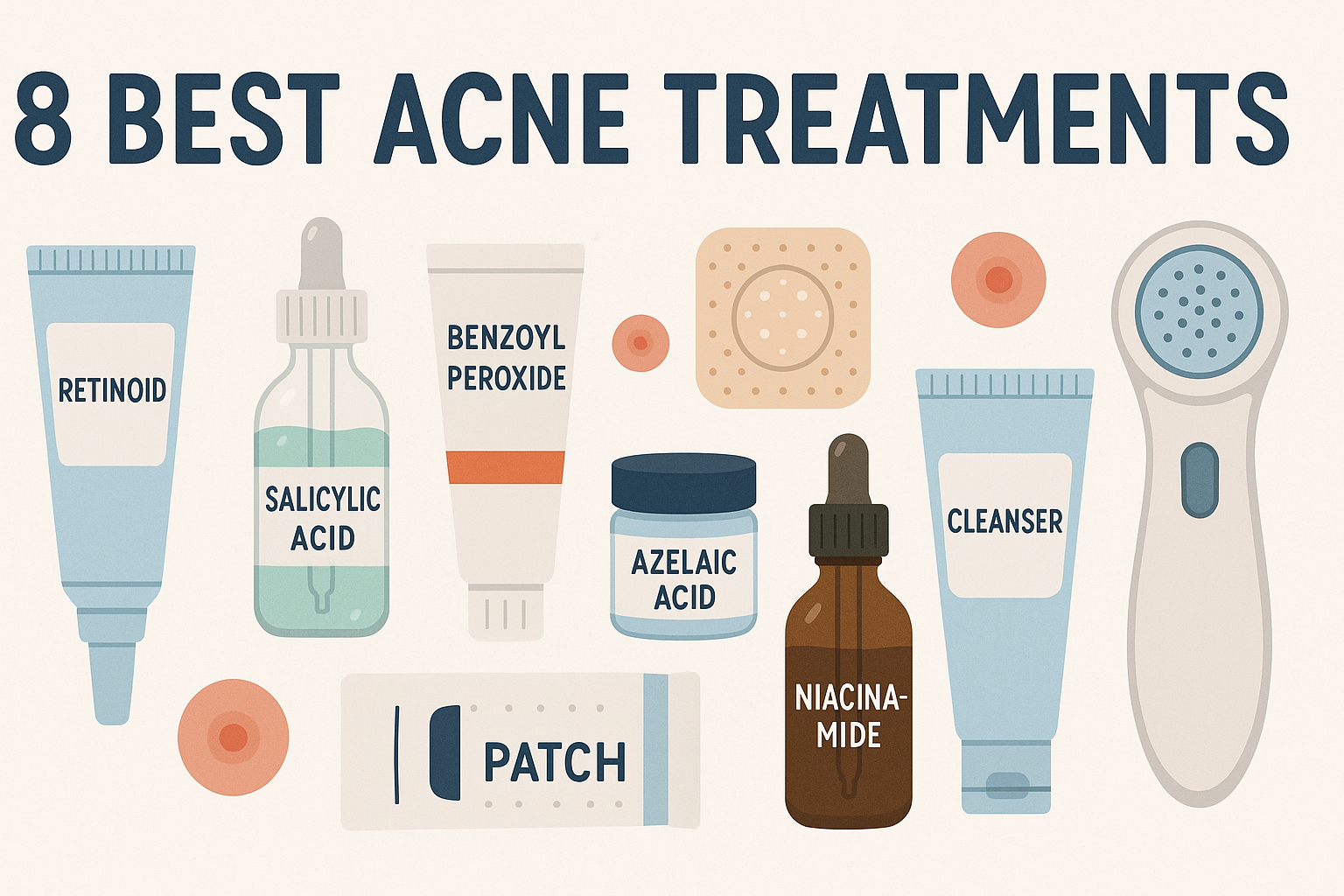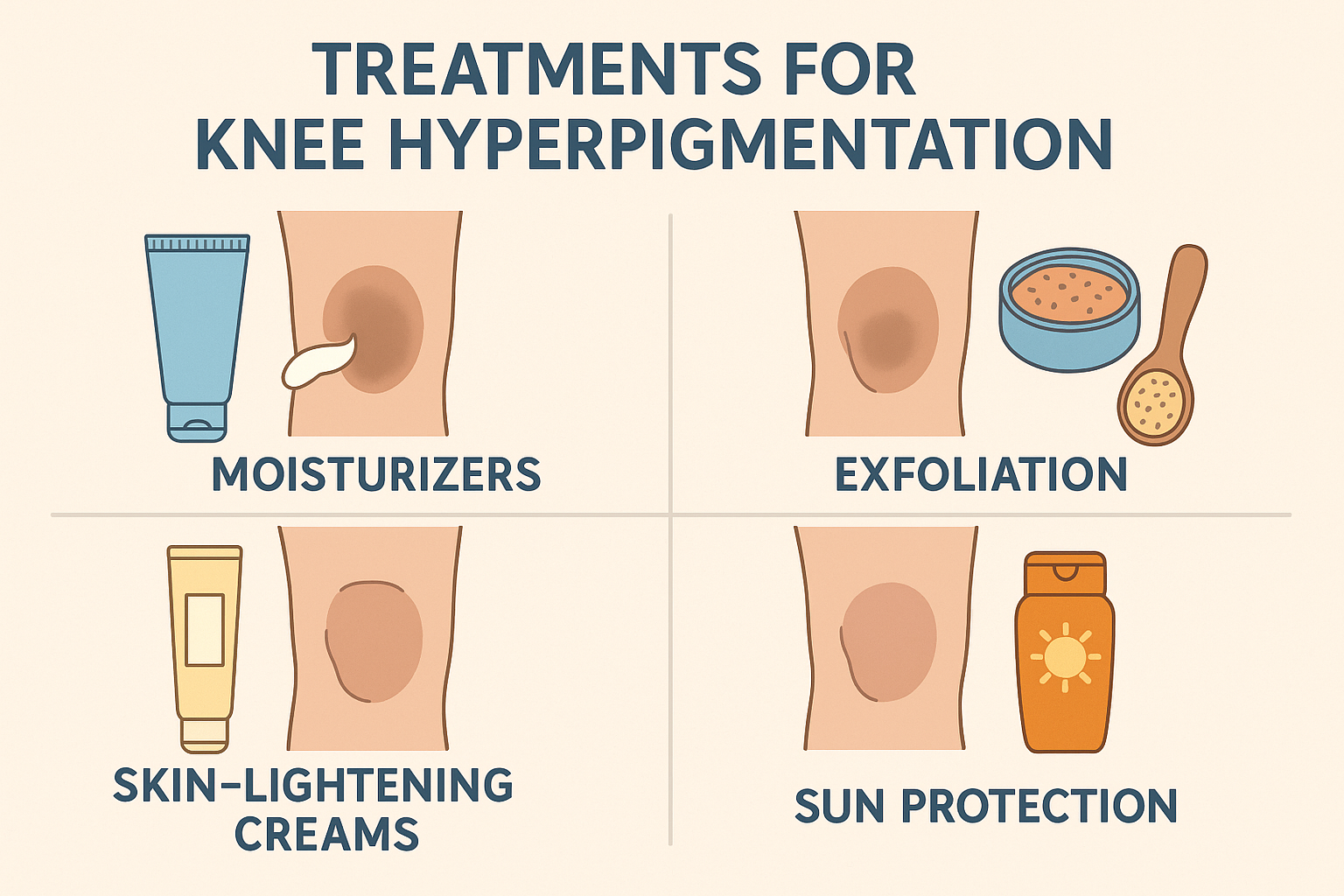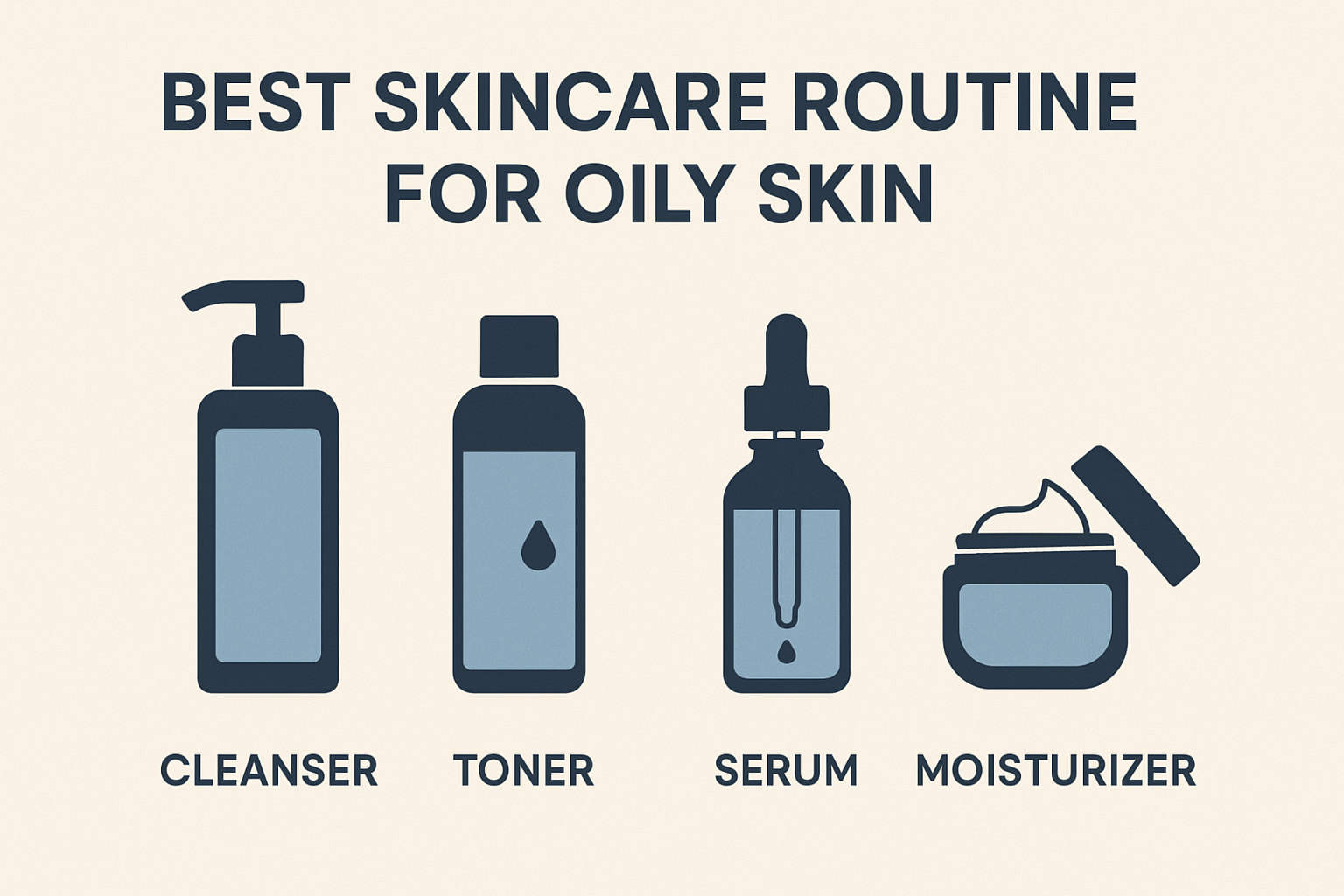Lactic or Salicylic Acid: What Derms Recommend?
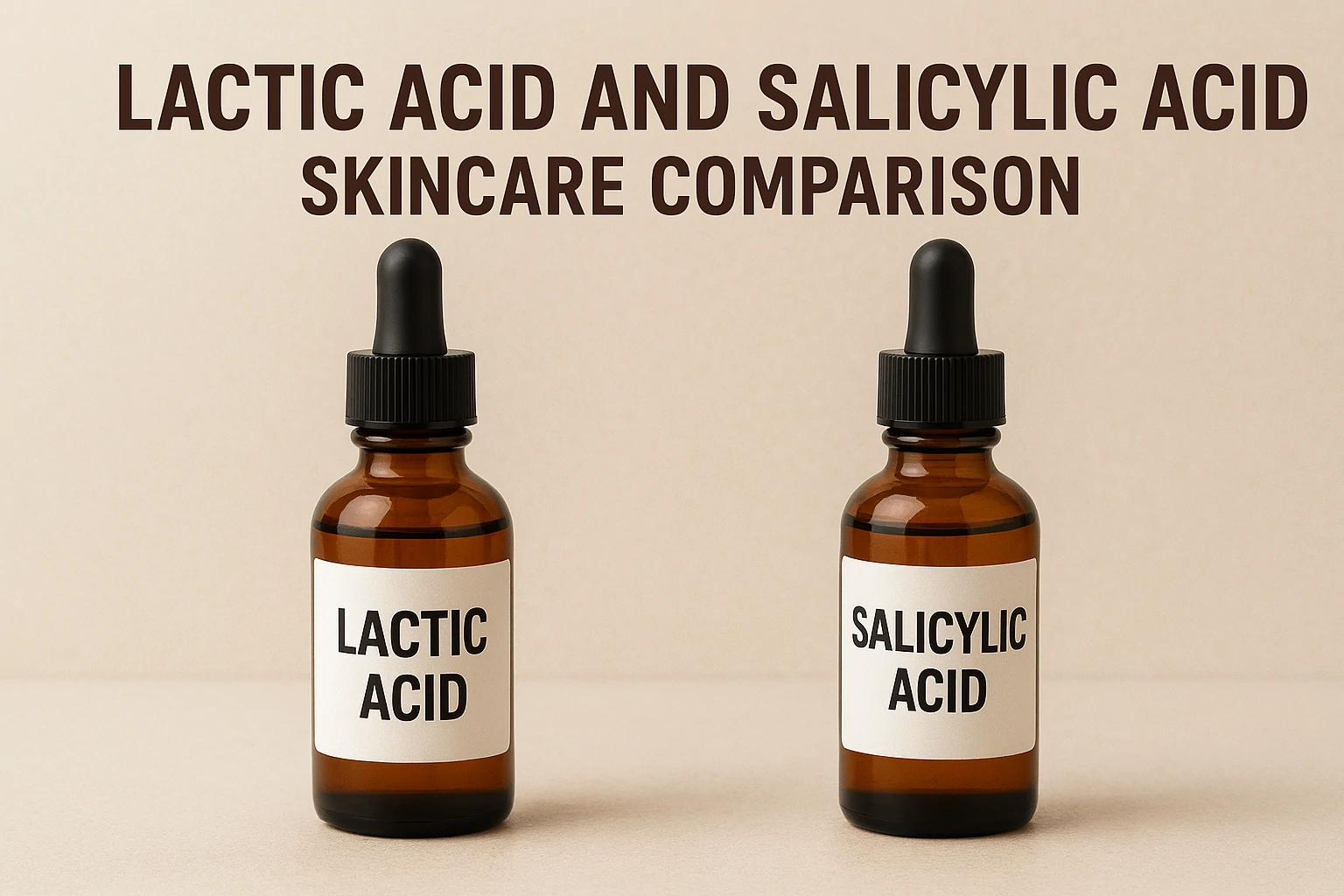
Chemical exfoliation has become a key step in modern skincare routines, but choosing the right acid and using it correctly is essential for optimal results. Each exfoliant has unique benefits—from brightening skin to smoothing texture—so understanding their properties matters.
Two of the most popular chemical exfoliants are lactic acid and salicylic acid. According to board-certified dermatologists Dendy Engelman, MD, and Kristina Collins, MD, both acids work differently yet complement each other. Lactic acid gently exfoliates while hydrating, making it ideal for sensitive or dry skin. Salicylic acid penetrates pores to clear excess oil, helping prevent breakouts.
Knowing these differences allows you to choose products suited to your skin type and goals. This guide shares dermatologists’ recommendations on safely using lactic and salicylic acids, helping you achieve smoother, brighter, and healthier-looking skin without irritation.
What Is Lactic Acid?
Lactic acid is a gentle alpha-hydroxy acid (AHA) derived from milk, known for exfoliating dead skin cells and promoting a smoother, radiant complexion. Dr. Dendy Engelman explains, “It gently removes dull surface cells, leaving skin soft and glowing,” making it suitable even for sensitive skin.
Dr. Kristina Collins adds that lactic acid supports cell turnover, helping reduce fine lines, improve texture, and enhance skin brightness. Its hydrating properties make it a favorite in many daily skincare routines.
However, caution is needed. AHAs can increase UV sensitivity, so daily sunscreen is crucial. Pairing lactic acid with retinol or other vitamin A derivatives should be done carefully to avoid irritation.
With correct use, lactic acid offers a gentle yet effective path to brighter, smoother, and healthier skin—perfect for beginners seeking a safe entry into chemical exfoliation.
What Is Salicylic Acid?
Salicylic acid is a beta-hydroxy acid (BHA) favored for acne-prone and oily skin. Unlike AHA, salicylic acid is oil-soluble, allowing it to penetrate pores and dissolve excess sebum that causes clogged pores and breakouts.
Dr. Kristina Collins notes, “BHA speeds up cell turnover like AHA but reaches deeper layers, helping reduce pore blockages and inflammation.” This makes it especially effective for blackheads, whiteheads, and preventing new acne.
Regular use can improve skin clarity, texture, and even tone, particularly when paired with a skincare routine tailored to your skin type. Salicylic acid is a go-to choice for those with combination to oily skin aiming for cleaner, smoother skin without harsh irritation.
Choosing Between Lactic and Salicylic Acid
Selecting between lactic acid and salicylic acid depends on your skin goals. Each acid offers distinct benefits: lactic acid focuses on hydration and gentle exfoliation, while salicylic acid targets oil control and acne prevention.
Understanding your skin type and primary concerns is key. Dry or sensitive skin benefits more from lactic acid, while oily, combination, or acne-prone skin responds best to salicylic acid.
Combining both acids is possible if done carefully and gradually, but dermatologists recommend alternating use to avoid irritation and maintain skin barrier health. Choosing the right exfoliant helps you achieve smoother, brighter, and healthier skin over time.
Acne
For acne-prone skin, salicylic acid is highly recommended. Dr. Dendy Engelman explains, “It controls excess oil, clears clogged pores, and treats blackheads and whiteheads efficiently.”
Its oil-soluble property allows it to reach deep into pores, making it more effective than AHA for breakouts caused by oil and debris. With consistent, dermatologist-guided use, salicylic acid can prevent new acne, improve skin texture, and maintain a smoother complexion without over-irritation.
Beginners should start with lower concentrations and monitor skin response to avoid dryness or redness, then gradually increase as tolerated.
Anti-Aging
For those seeking gentle exfoliation with hydration and anti-aging benefits, lactic acid is an ideal choice. Dr. Dendy Engelman explains, “It softly removes dead skin cells while preserving moisture, improving texture, and reducing fine lines.”
Lactic acid supports cell regeneration, boosts skin brightness, and maintains elasticity, making it suitable for all skin types, including sensitive skin. Its lightweight formulas—available in serums, toners, or lotions—integrate easily into daily routines.
Regular use not only enhances smoothness and radiance but also strengthens overall skin health. For beginners looking to start an anti-aging skincare routine, lactic acid offers a gentle yet effective solution without causing irritation, making it a reliable foundation for long-term skin wellness.
Can They Be Used Together?
Yes, lactic acid and salicylic acid can complement each other, but careful introduction is key. Dr. Kristina Collins advises, “Introduce acids gradually, with breaks between uses, to minimize irritation.”
Most users benefit from nighttime application, though salicylic acid can be applied twice daily if acne or excess oil is the concern. Dr. Dendy Engelman recommends applying acids after cleansing and before moisturizer, alternating products for sensitive skin.
Always follow with sunscreen, as both acids increase UV sensitivity, and add a soothing moisturizer to protect the skin barrier. Gradual combination can enhance both hydration and pore-clearing benefits, making the routine effective yet gentle.
Side Effects & What to Watch For
While both acids are beneficial, side effects like redness, mild peeling, and irritation can occur, especially for beginners or sensitive skin.
Dr. Kristina Collins recommends:
- Patch test new products before regular use.
- Daily sunscreen to prevent UV sensitivity.
- Avoid combining with retinol or other strong actives without guidance.
- Discontinue use and consult a dermatologist if irritation persists.
Following these precautions ensures you enjoy the skin-brightening and texture-improving benefits of chemical exfoliation safely.
Recommended Concentrations & Product Types
Choosing the right acid concentration and product type maximizes results and reduces irritation.
- Lactic acid: 5–10% for daily use, ideal for sensitive skin; available as serums, toners, or lotions.
- Salicylic acid: 0.5–2% for routine use; commonly in cleansers, serums, or spot treatments for acne.
Skin type and goals matter: oily or acne-prone skin benefits from salicylic acid, while dry or aging skin gains more from lactic acid. Selecting the correct concentration and format ensures effective, gentle exfoliation and optimal skin health.
Final Thoughts
Lactic acid and salicylic acid are complementary chemical exfoliants with distinct benefits. Lactic acid, a gentle AHA, brightens skin, improves texture, and offers anti-aging effects suitable for sensitive skin. Salicylic acid, a BHA, effectively treats acne, unclogs pores, and controls excess oil.
Both acids can be used alone or combined gradually, always with moisturizer and sunscreen to protect the skin barrier. Choosing the right concentration and product type ensures maximum benefit without irritation.
Understanding each acid’s properties allows for a safe, effective exfoliation routine, leaving skin brighter, smoother, and healthier.

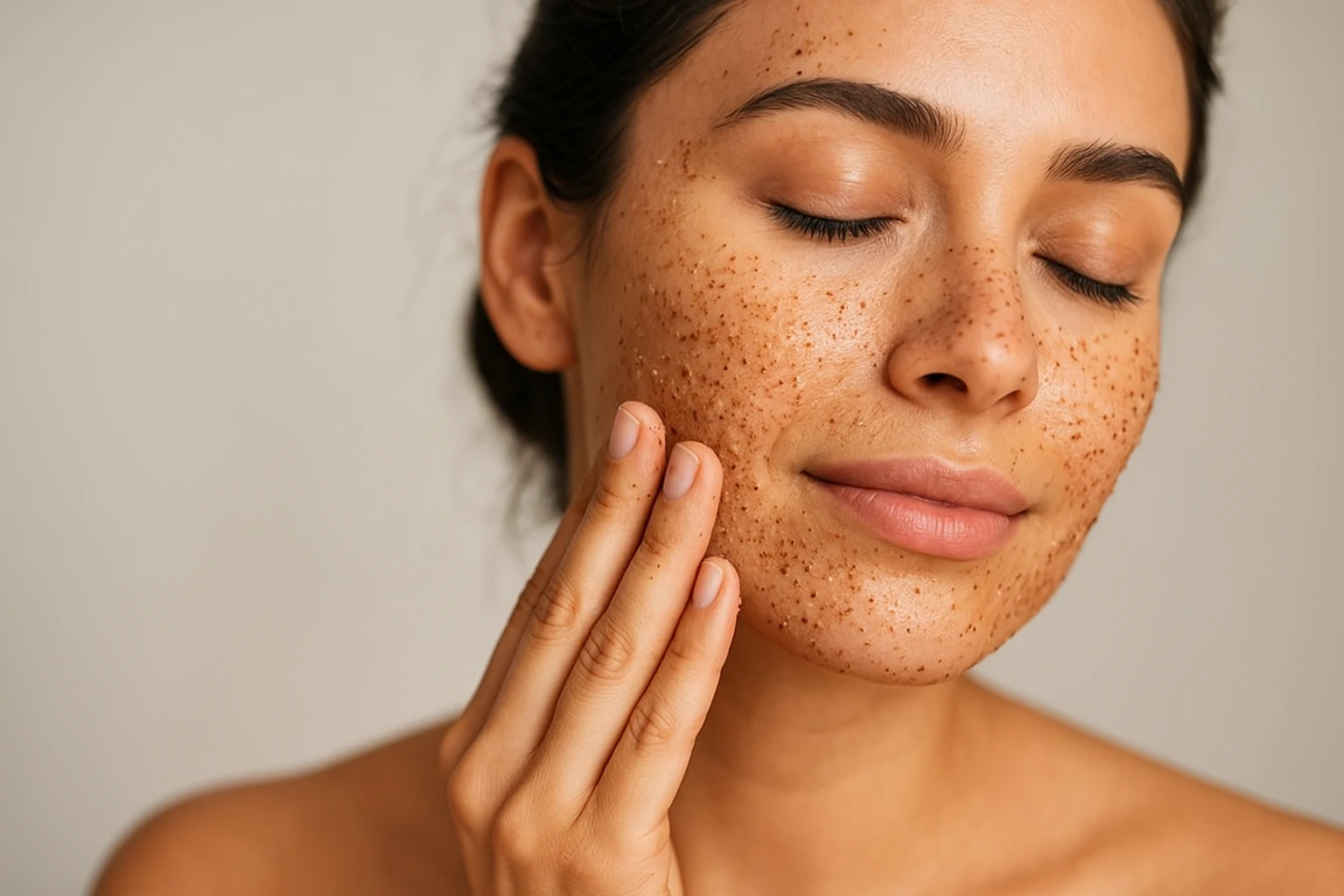

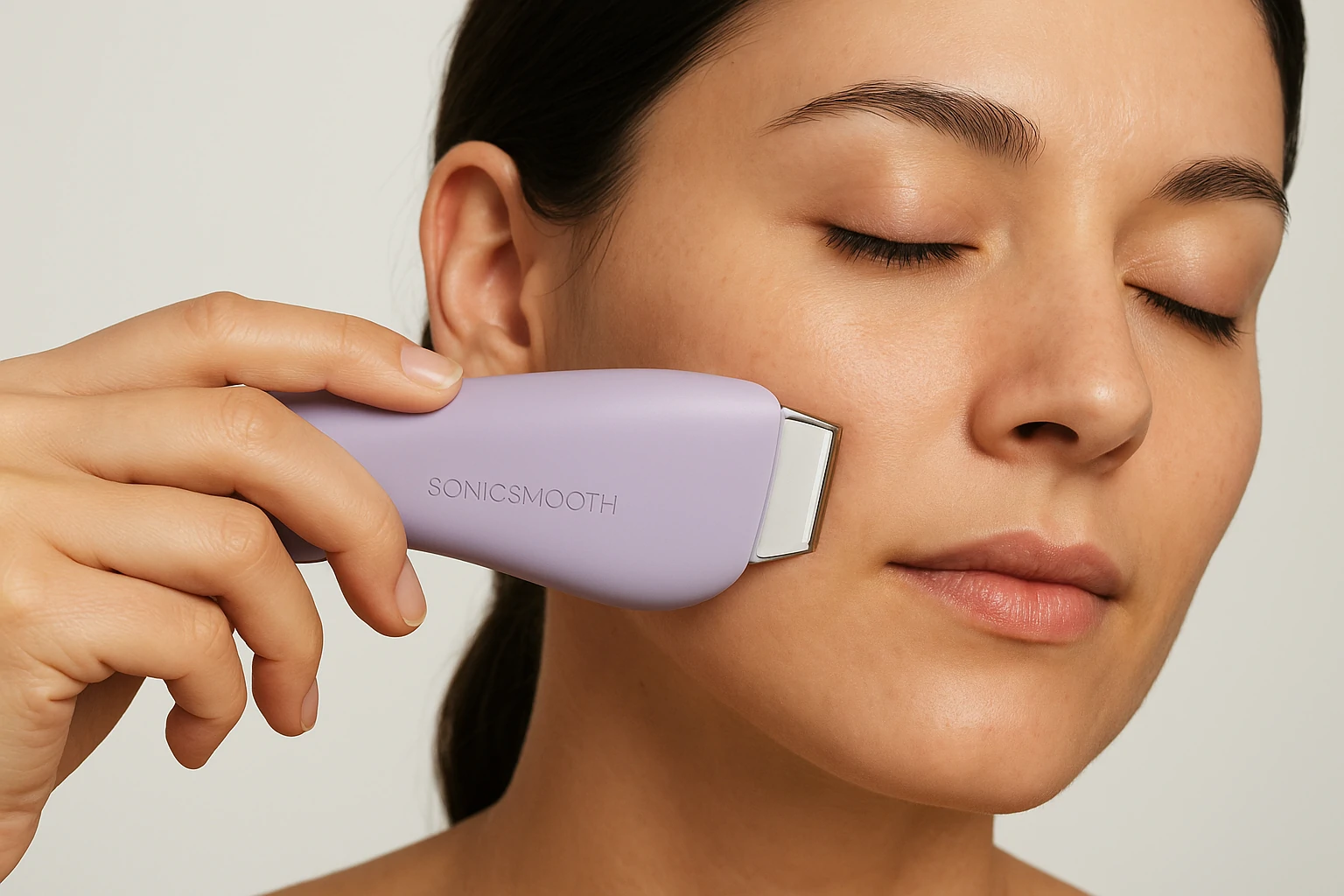

 Acne
Acne Anti-Aging
Anti-Aging Business
Business Digital Marketing
Digital Marketing Economics
Economics Exfoliation
Exfoliation Movies
Movies Personal Finance
Personal Finance Websites
Websites
